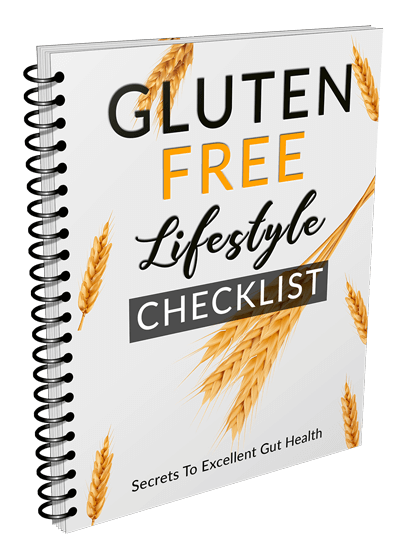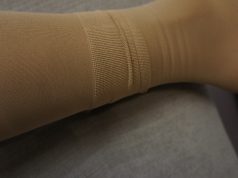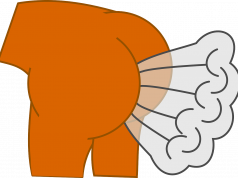
Gluten Free Lifestyle Checklist
You visit the doctor regularly to maintain your health. That’s certainly smart. Before your next appointment, however, consider this: when was the last time your doctor asked about your diet? Although physicians are perfectly aware of the connection between our health and the food we put into our body, this is a question they rarely, if ever, pose. They appear to be more interested in prescribing medications than treating and preventing health problems in a more natural and effective way. This is especially disconcerting as more and more people suffer from wheat sensitivity, allergy, or celiac disease. This checklist will run you through the necessary steps to rid your life of gluten and start enjoying each day again.
1Wheat and Celiac Disease – The Downside of Gluten
Wheat has been around for thousands of years. It’s easy to grow and quite nutritious. It was probably one of the first food items our forefathers gathered to feed themselves. Wheat was truly life-giving.
For all these thousands of years, the whole grain kernel was ground and used to bake bread or prepare cereals. Fresh, whole grain has always been a part of our diet without being harmful to our health.
It’s not until the 1960s and 70s that people began to realize that the wheat they are consuming is making them sick.






